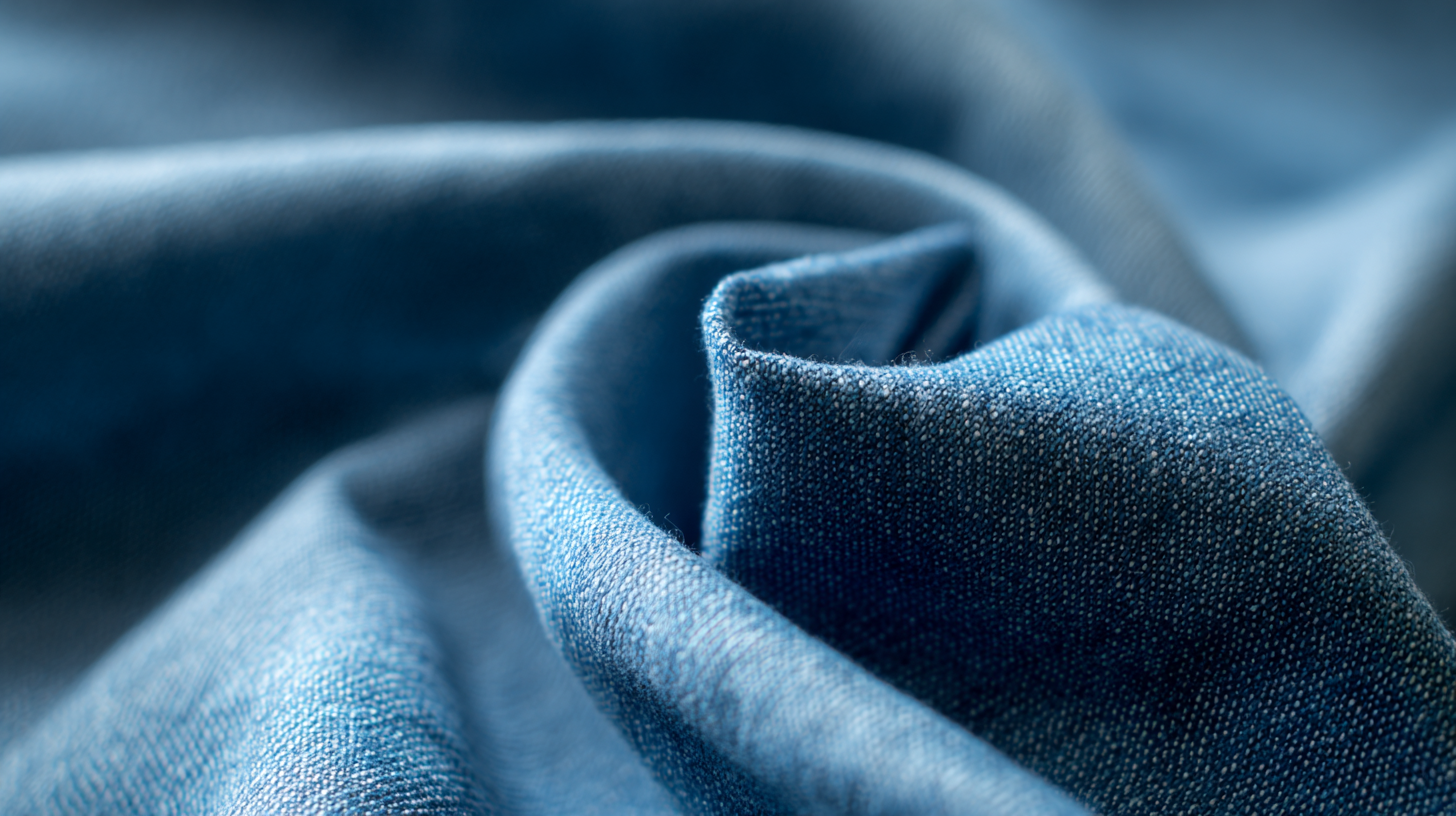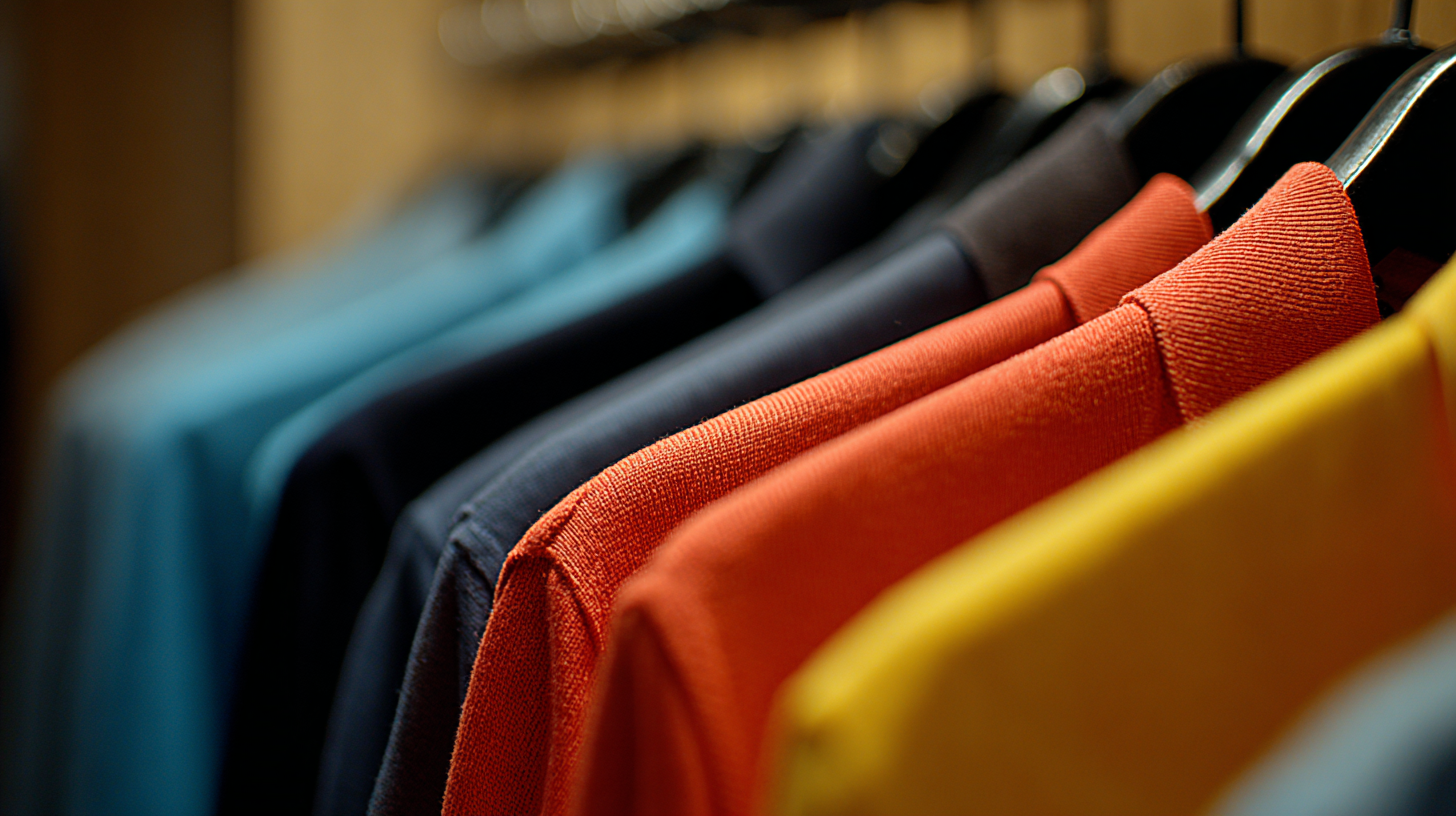As we approach 2025, the landscape of Single Jersey production is poised for significant transformation driven by evolving market demands and technological advancements. An industry report from Grand View Research highlights that the global textile market is expected to reach USD 1.23 trillion by 2025, with a notable shift towards sustainable and efficient manufacturing practices. Single Jersey, a staple in the knit fabric sector, is increasingly favored for its versatility and comfort, making it crucial for manufacturers to adapt their production strategies. Innovations in automation and eco-friendly materials are set to redefine efficiency and sustainability in the production of Single Jersey, aligning with the trends identified by MarketWatch, which projected a 6.9% annual growth rate for the segment. This blog will explore these future trends, offering insights on effective strategies to capitalize on the anticipated market dynamics for a successful 2025.

As the textile industry evolves, the single jersey production segment is set to embrace innovative technologies that promise enhanced efficiency and sustainability. Emerging technologies such as automated knitting machines and advanced software solutions are transforming traditional practices. These automated systems not only increase production speed but also reduce material waste, contributing to a more sustainable manufacturing process. The integration of Internet of Things (IoT) devices allows for real-time monitoring and adjustments, ensuring optimal performance throughout the production cycle.
Additionally, advancements in materials science are playing a crucial role in improving single jersey fabrics. Sustainable fibers, like recycled polyester and organic cotton, are gaining traction, appealing to eco-conscious consumers. The implementation of digital textile printing technologies is also revolutionizing design capabilities, enabling manufacturers to produce intricate patterns with minimal setup time. As these trends gain momentum, companies that invest in such emerging technologies will be well-positioned to thrive in the competitive landscape of the 2025 market.
In the pursuit of market success for single jersey production by 2025, emphasizing sustainable practices and materials is crucial. Eco-friendly manufacturing processes not only cater to the growing consumer demand for responsible fashion but also minimize environmental impact. One effective strategy includes sourcing organic cotton, which is cultivated without harmful pesticides and fertilizers, thus promoting biodiversity and soil health. This shift can enhance brand loyalty as consumers increasingly prefer products that align with their values.
Additionally, implementing water-saving technologies during the dyeing and finishing stages can significantly reduce resource consumption. Brands can adopt innovative techniques such as air-dyeing or digital printing, which utilize less water and energy compared to traditional methods.
Tip: Consider partnering with suppliers who prioritize sustainability in their practices. This collaboration can ensure that your entire supply chain aligns with eco-friendly initiatives, ultimately enhancing your brand's reputation.
Tip: Engage in continuous education and training for your production team on sustainable practices. Keeping them informed about new technologies and methodologies can spark innovative solutions that further reduce environmental footprints.

As we look toward 2025, consumer preferences are profoundly shaping the strategies within the single jersey production segment. A recent market analysis indicates that 78% of consumers are prioritizing sustainability, seeking out brands that utilize eco-friendly materials and ethical manufacturing processes. This shift is compelling manufacturers to adapt, with 64% of companies planning to incorporate recycled fibers into their jersey production by the end of the decade. The emphasis on sustainability not only aligns with consumer demands but also positions companies favorably in an increasingly competitive market.
Tips: Consider investigating the materials used in your jersey production. Opting for organic cotton or innovative recycled materials can significantly enhance your brand's appeal to environmentally conscious consumers.
In addition to sustainability, personalization is becoming a critical factor driving consumer preference. Reports reveal that 70% of customers express a desire for customizable designs that reflect their personal style. This trend has led brands to explore innovative production techniques that allow for on-demand manufacturing. By leveraging technology, production can be tailored to meet specific consumer requests, enhancing customer satisfaction and fostering brand loyalty.
Tips: Invest in technologies that enable customization options. Offering a design tool on your website can empower customers to create unique products, potentially increasing engagement and sales.
| Production Strategy | Key Focus Area | Market Demand (%) | Sustainability Index (0-10) | Innovation Score (0-10) |
|---|---|---|---|---|
| Eco-friendly Materials | Consumer Awareness | 65% | 9 | 8 |
| Automation in Production | Efficiency | 70% | 7 | 9 |
| Customization Options | Personalization | 75% | 6 | 8 |
| Digital Marketing Strategies | Brand Engagement | 80% | 5 | 9 |
| Health and Wellness Integration | Consumer Health Trends | 68% | 8 | 7 |
The single jersey fabric market is poised for transformative growth by 2025, driven by innovative design trends that emphasize sustainability, functionality, and aesthetics. According to the Global Textiles Report, the demand for single jersey fabrics is projected to increase by 15% annually, with eco-friendly materials and advanced production techniques taking center stage. Brands that leverage cutting-edge technologies, such as 3D knitting and digital printing, will gain a competitive edge in this rapidly evolving landscape.
Tips for brands looking to thrive in the single jersey market include investing in sustainable materials, such as organic cotton and recycled polyester, which cater to the growing consumer demand for eco-conscious products. Additionally, focusing on personalized designs that can adapt to individual consumer preferences can drive customer loyalty. Utilizing data analytics to understand market trends and consumer behavior will enable brands to stay ahead of the curve, ensuring that their offerings resonate with target audiences.
Furthermore, integrating smart textiles into single jersey production can enhance functionality, catering to activewear and athleisure trends. Technologies that enable moisture-wicking and temperature regulation are increasingly becoming sought-after features. As the market evolves, brands that prioritize innovation and sustainability will be well-positioned to capture market share and achieve significant success by 2025.
This chart illustrates the projected market trends for various single jersey production strategies in 2025. The data reflects anticipations for innovative design trends that can provide a competitive edge in the single jersey market.
As the single jersey production industry looks towards 2025, the adoption of automation and artificial intelligence (AI) presents an exciting frontier. Automation technology streamlines production processes, minimizing human error while increasing efficiency. By implementing automated knitting machines, manufacturers can achieve consistent quality and significantly reduce production time. This transition not only leads to cost savings but also allows for rapid scaling to meet evolving market demands without compromising on craftsmanship.

In parallel, AI is revolutionizing the way companies approach product design and inventory management. Advanced algorithms can analyze consumer trends and predict demand patterns, enabling producers to optimize their stock levels and reduce waste. AI can also enhance the design aspect by generating innovative patterns and styles tailored to market preferences. Companies that successfully integrate these technologies into their production strategies will not only improve operational efficiency but also position themselves as leaders in an increasingly competitive marketplace. Adopting these modern solutions is pivotal for achieving market success in the coming years.